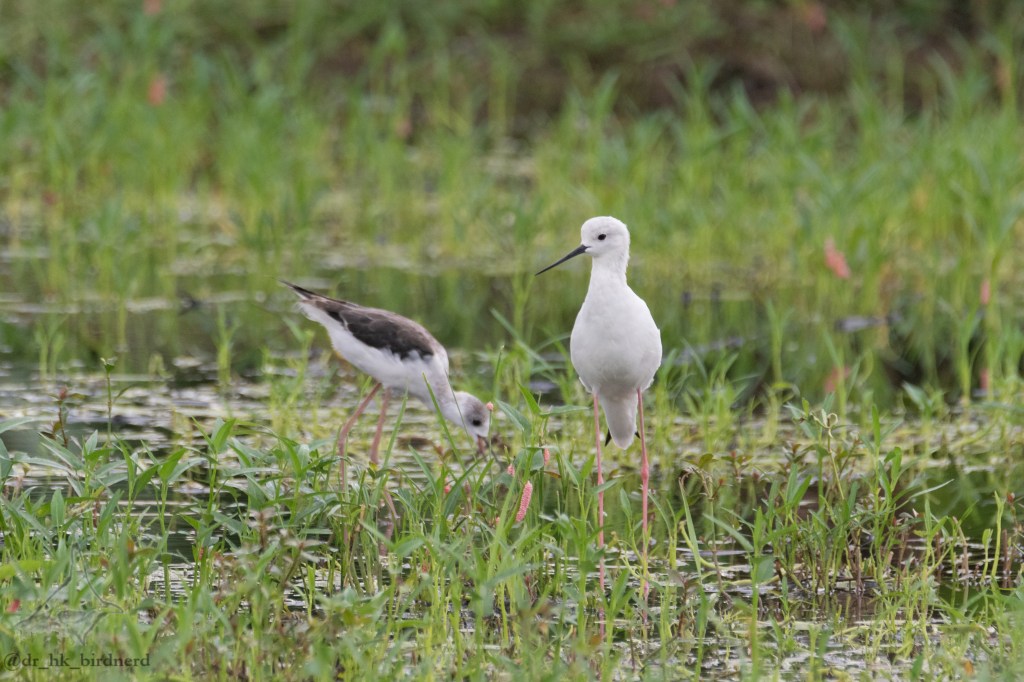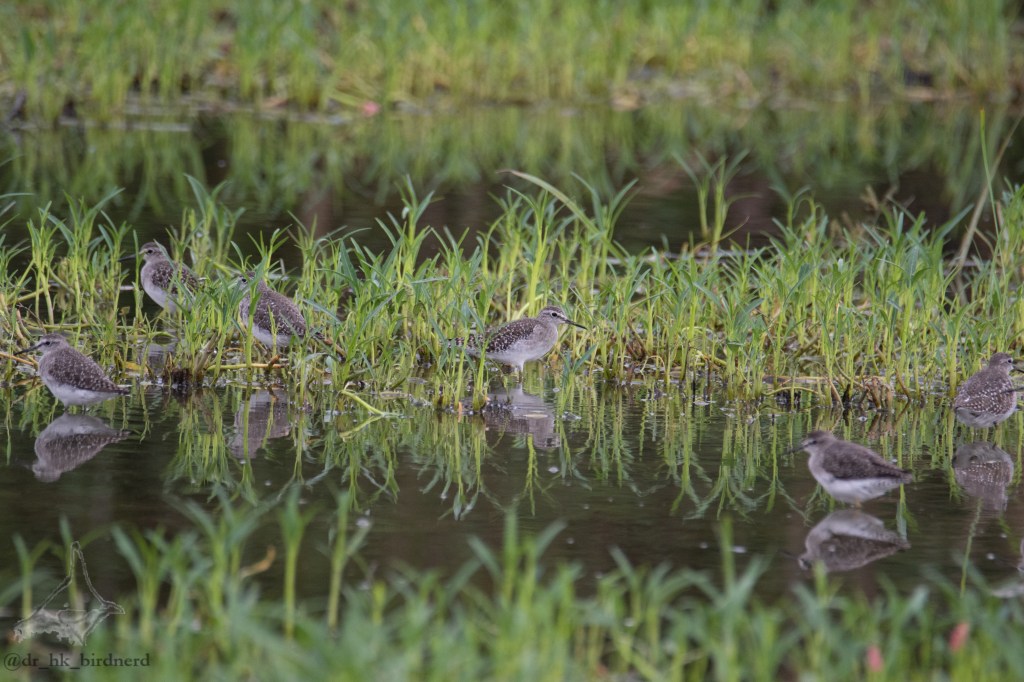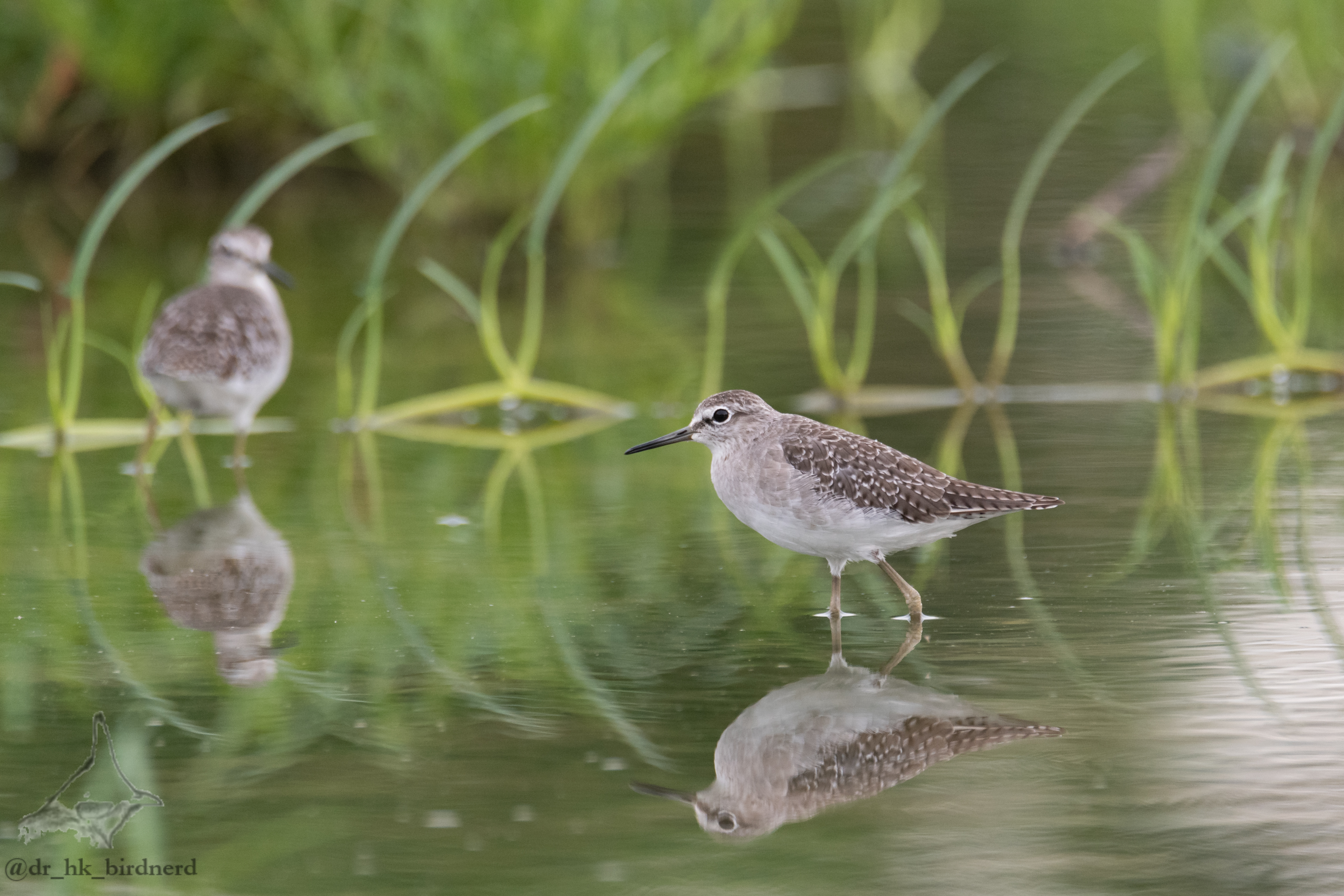
There’s a curious patch of green in the midst of a heavily industrial area on the coast of Incheon: Wolmido Island. Historically, the island has been very important, being, for example, the site of the naval assault by the South Korean and UN forces to re-take Incheon from North Korean forces. Now though, it’s a lovely spot to spend the day. On the coast of the island is a lovely waterfront with many seaside shops and restaurants. In the middle of the island is a heavily wooded forest park that leads up to an observatory on top of the hill. On the inland side is Wolmi Traditional Park, a perfectly lovely and peaceful garden park.



The park area is not heavily wooded, but it does have a number of areas that managed to hold a few birds even in the heat of summer. I definitely plan on returning during migration season.
The most ubiquitous bird at the park was the azure-winged magpie, pictured above. Unlike their even more ubiquitous cousins, the oriental magpies, these birds seem to have a slightly lower tolerance for urban settings, and their calls filled the air throughout the park.
There were just two other species of note that I was able to capture. The first was a pair of grey-faced woodpeckers–male and female. I had actually nearly given up on finding anything more exciting than the magpies at the park, especially given that it’s the wrong season, but my heart nearly skipped a beat when I heard the male woodpecker calling, and managed to spot him on a tree.

After chasing him around a bit, I managed to sneak up on him and his misses as they popped down to the forest floor to do a bit of foraging.



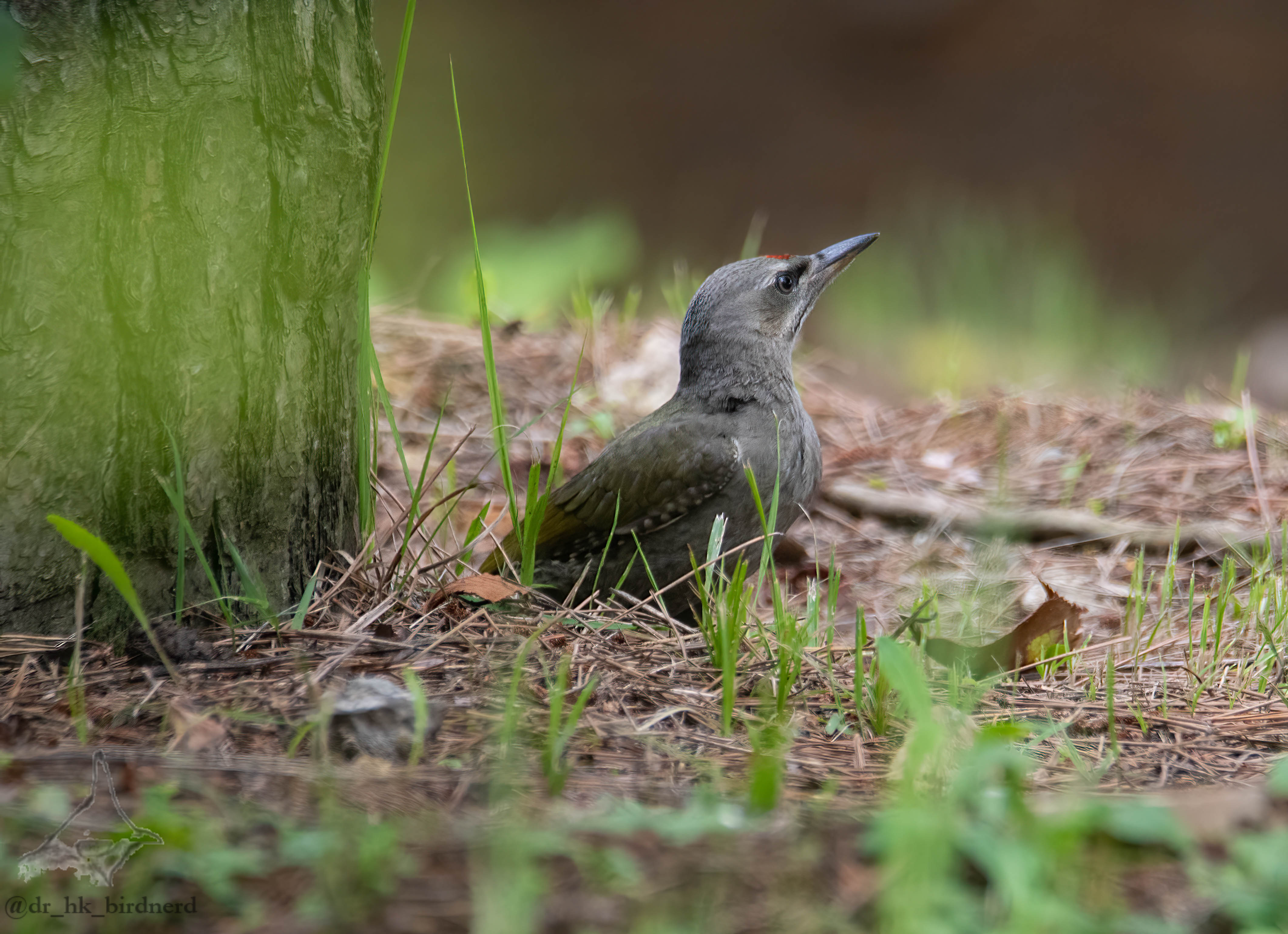
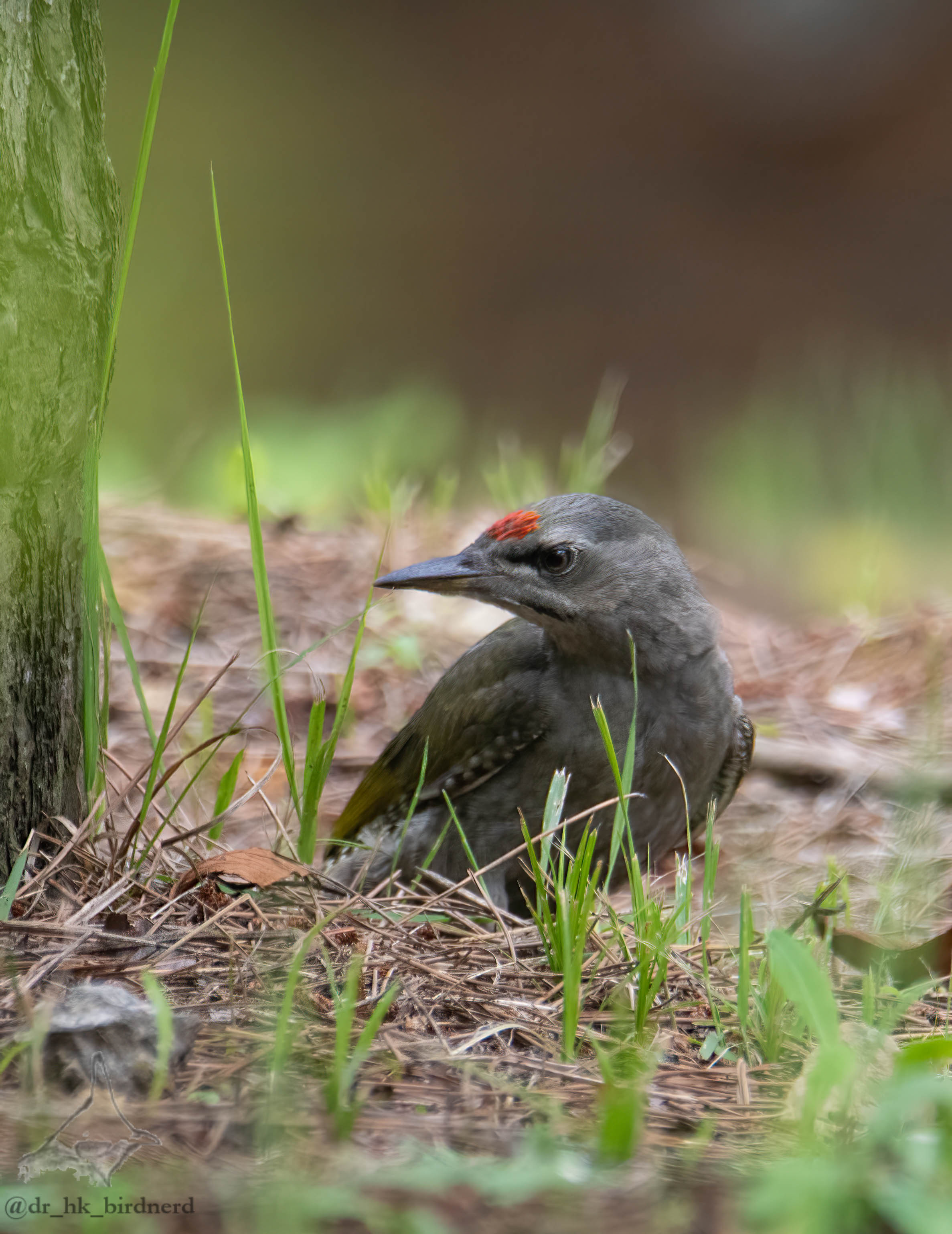

The other birds of note were an adult and juvenile grey-backed thrush. I suspect the adult was the parent, though I suppose there’s no way to know for sure. They were hanging out together at a little clearing next to a stream.


Overall I’m convinced that Wolmido Island will be a great patch to explore in the future!







